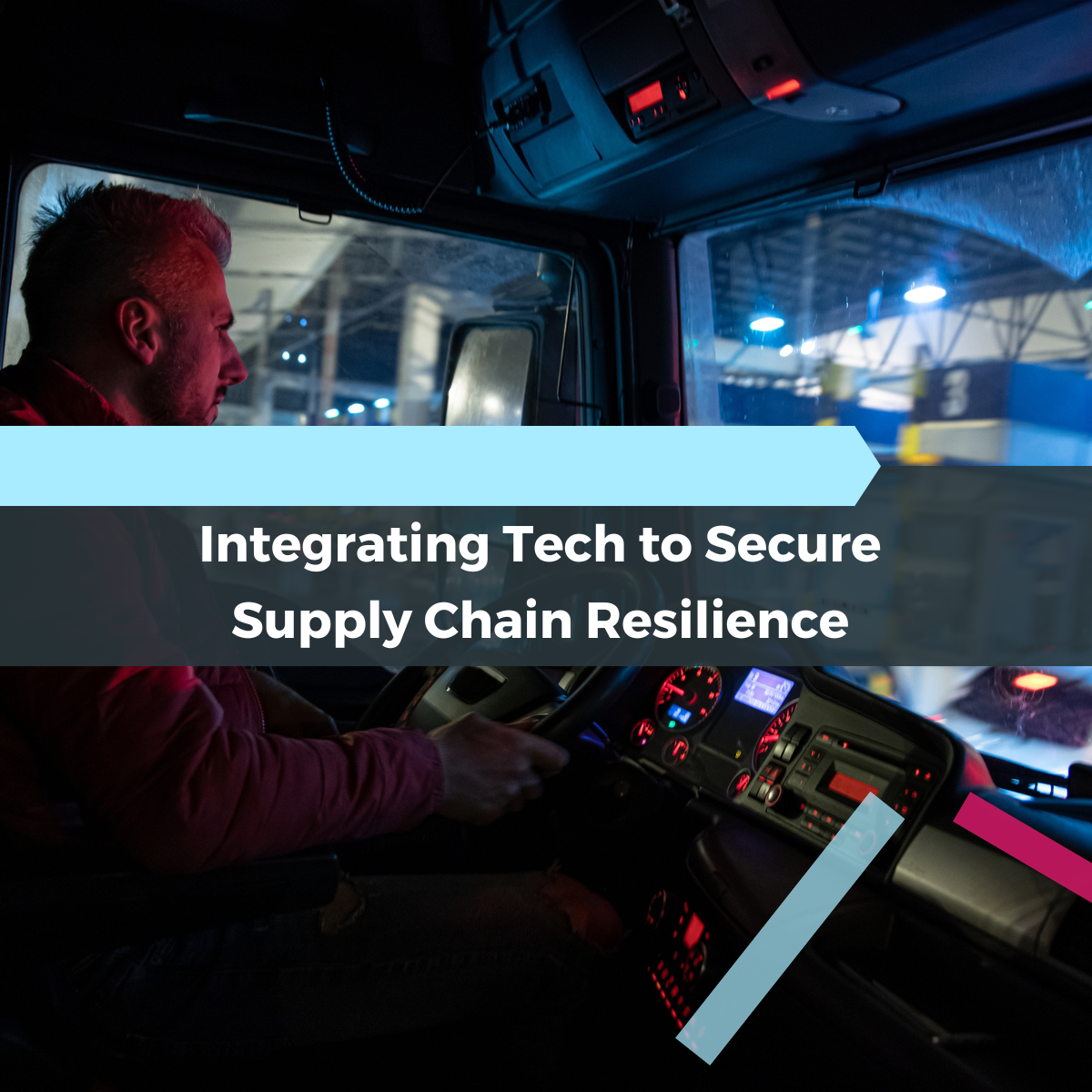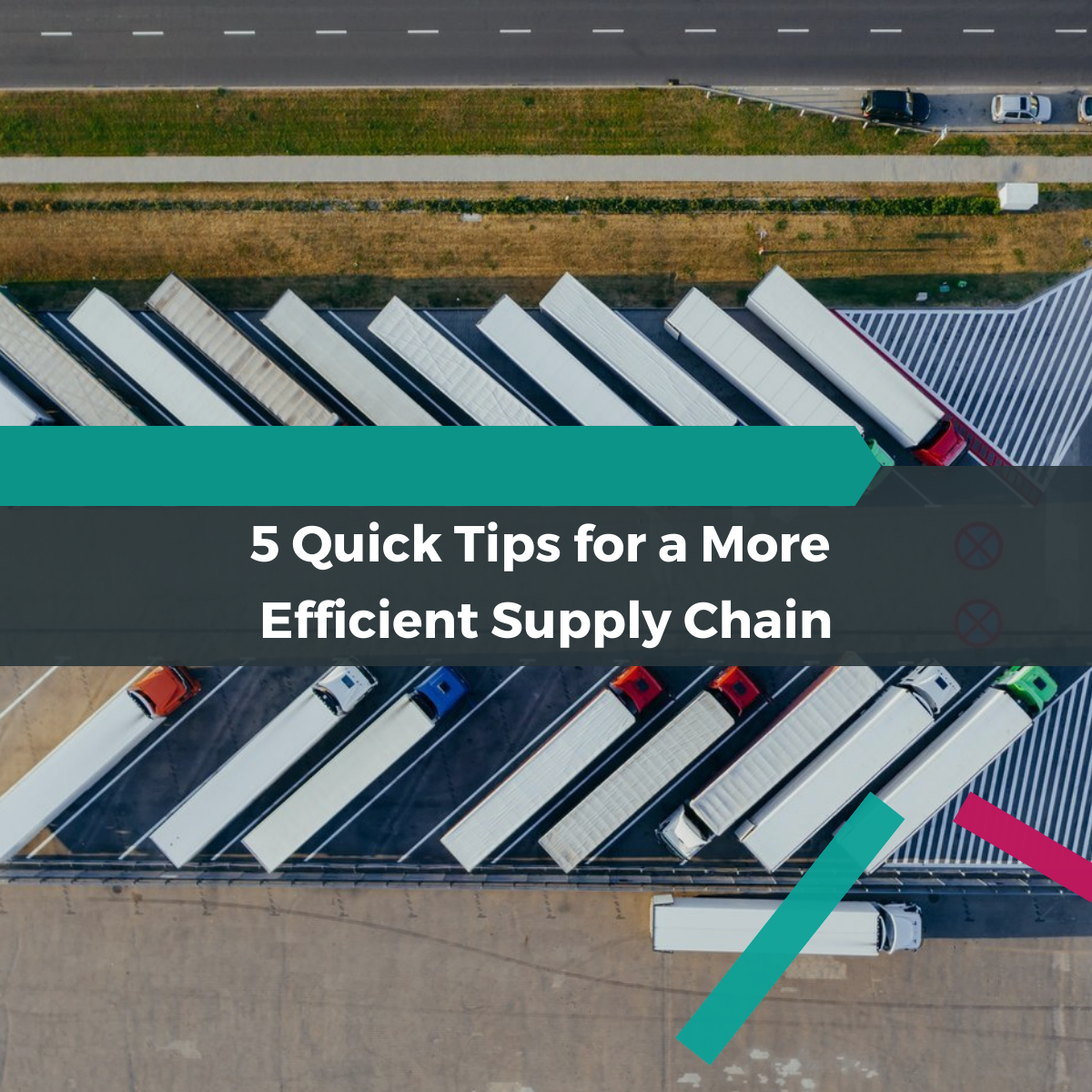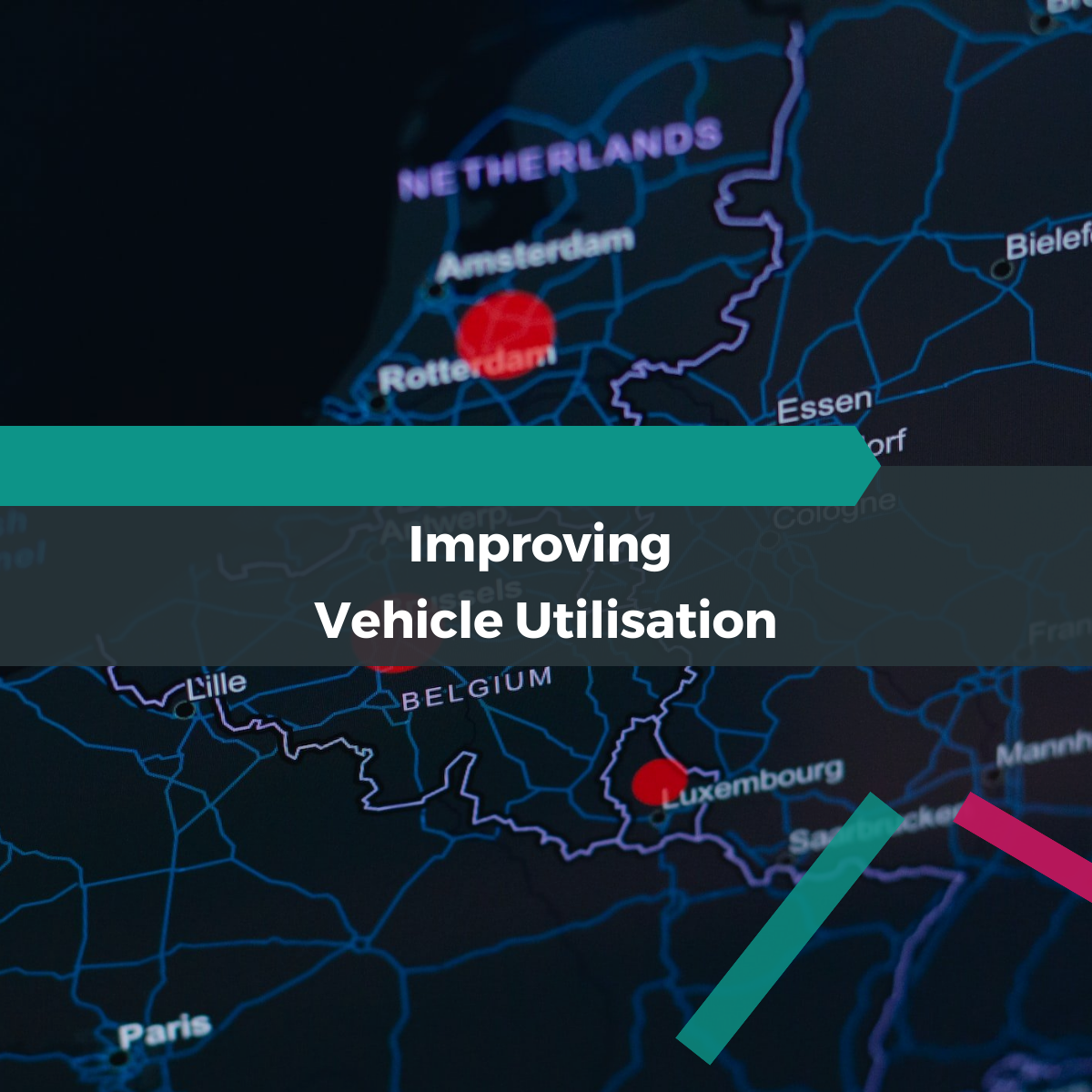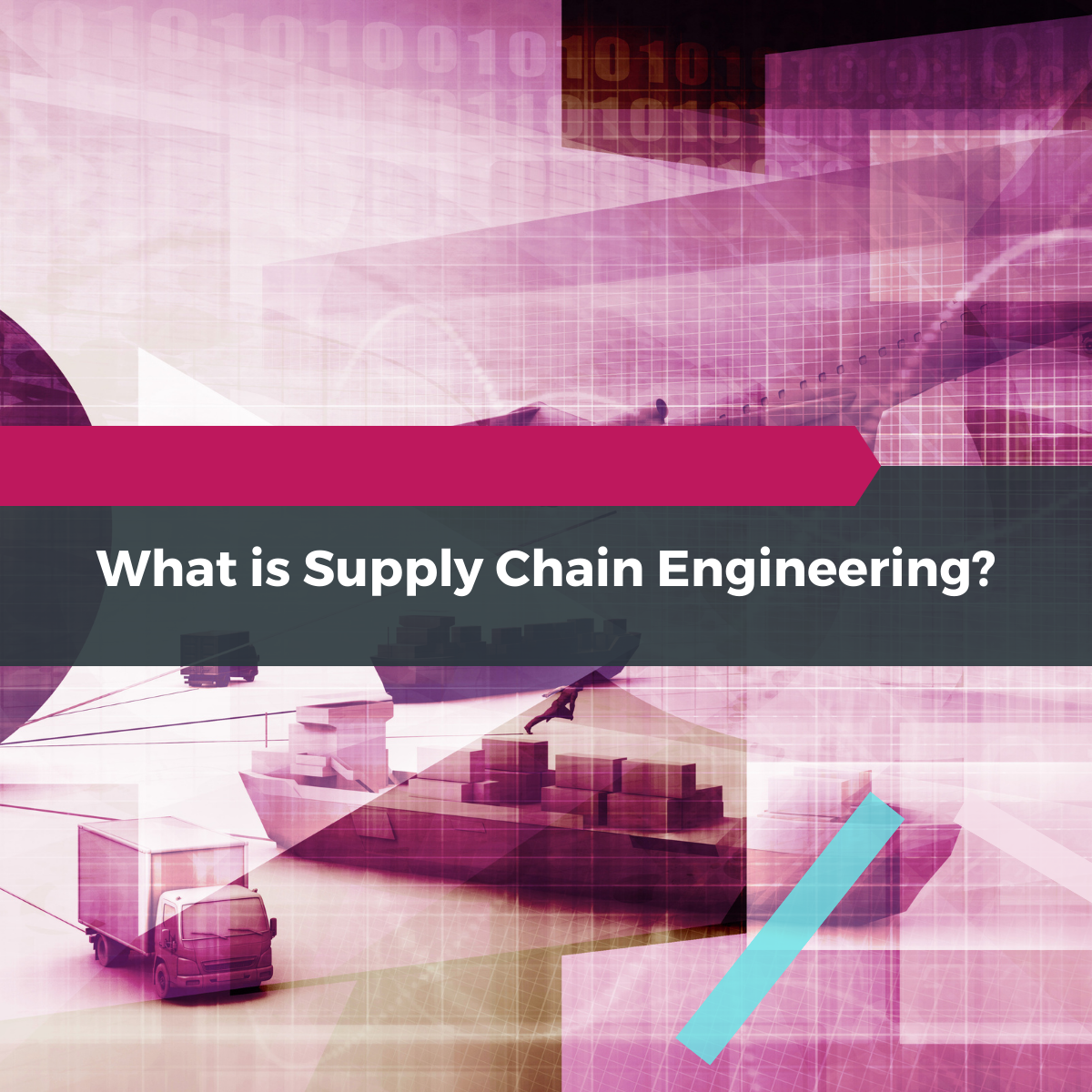Trucks, Trailers and Pallets: A Logistics Industry Guide.
Find our general logistics glossary here.
Use - Crl + F (pc) or cmd + F (mac) - to find specific words!
Common Types of Heavy Goods Vehicles (HGVs)

Articulated
An articulated vehicle is a vehicle which has a permanent or semi-permanent pivot joint in its construction, allowing it to turn more sharply. But in the industry, it’s a commonly used term used when people need a full-sized lorry.
Rigid
A type of truck with a fixed (non-articulated) body, where, unlike an articulated vehicle, the trailer cannot be detached from the tractor.
*Note a common difference is that the wheels of this HGV are placed differently from that of an Articulated vehicle, which shows the main difference between the two.
Flatbed
A type of truck trailer that has an open, flat platform with no sides or roof. It is commonly used for transporting large or heavy items that cannot fit in enclosed trailers, such as machinery, construction equipment, or building materials.
Tanker
A type of truck or trailer used for transporting liquids or gases in bulk. Tankers can vary in size and shape depending on the type of material being transported and can be made of materials such as aluminium, steel, or fibreglass. Some common types of tankers include fuel tankers, chemical tankers, and food-grade tankers.
Common Types of Trailers

Box Trailer
A type of trailer with a closed, rectangular body used for transporting goods. Goods are offloaded through the doors at the back of the vehicle.
Reefer Trailer
A refrigerated trailer is used for transporting perishable goods at controlled temperatures. These are fitted with a refrigeration unit, usually at the front of the trailer.
Curtain Sider
A type of truck or trailer with a flexible curtain-like covering that can be opened on one or both sides for loading and unloading. It is used for transporting goods that require protection from the weather but not refrigeration. It is also known as a tautliner.
City Trailer
A smaller trailer that can have curtain sides or solid sides and usually include a back tailgate. All of these aspects allow for easier deliveries in busy or built-up areas where multiple unloading and loading factors need to be considered.
Low Loaders
Or lowboy. Is a trailer with a main deck height lower than the height of the trailer's rear wheels. It, therefore, gives the ability to carry taller loads, which other trailers cannot. Low loaders are most often used to haul heavy (industrial) equipment.

Skellie
Or skeleton, chassis, or sliding bogie trailers (or various variations of those) are trailers usually designed for transporting containers. They can vary in configuration to accommodate various sizes of containers.
Shipping Container
Or ‘intermodal container’ (or often just ‘container’) is a container that can travel through multiple modes of transport, i.e. via ship, HGV and even on trains. It can be temperature controlled or ambient.
Swap Body
Or ‘swop body’ is an exchangeable container, it is one of the types of standard freight containers for road and rail transport. They are usually transported on flatbed rigid trucks or trailers and are similar to a standard shipping container in the sense they have no wheels. However, they are not stackable like a shipping container and stand on legs when stationary. The main advantages of the swap body is it can reduce the turnaround time, and by removing it for empty legs it minimises ‘dead weight’ resulting in lower costs.
Stand Trailer
Is just a term used for a trailer (almost any type) which is left at the point of goods origin for loading with goods either as temporary storage or early (pre) loading, prior to departure.
Double Decker
A trailer with greater height capacity, allowing for more efficient use of space and increased carrying capacity (can be multiple different types i.e. curtainsider or box trailer)
Dual Temp
A refrigerated container or truck with two separate temperature zones, which allows for the transportation of goods with different temperature requirements in the same load.
Vans
There are multiple types of vans used in the supply chain.
A small Van: Which can hold 1x standard Euro or UK pallet, with a weight of up to 400kg.
Short Wheelbase Van: Which can generally carry 3x Euro or 2x UK pallets, with a weight of up to 850kg total.
Long Wheelbase Van: Which can carry up to 4x Euro or 3x UK pallets, and a total weight of 1200kg.
Common Types of Pallets

Euro Pallet
A standardised pallet used in Europe, with dimensions of 1200mm x 800mm. It is designed to be compatible with most automated warehouse systems and is often used for international shipping. 33 Euro pallets can fit in a standard-sized HGV Box trailer.
UK Pallet
A pallet used in the United Kingdom, with dimensions of 1200mm x 1000mm. It is commonly used for domestic shipping and is not as standardised as the Euro pallet. 26 UK pallets can fit in a standard-sized HGV box trailer.
IBC (Intermediate Bulk Container)
A type of pallet used for transporting liquids or other bulk materials in a large, reusable container. They typically have a volume of 1000 litres or more and are made of plastic, metal, or composite material.
Nestable Roll Pallet (or Retail Cage)
A type of pallet designed to be nested when not in use, saving space in storage. It also has sides that can be folded down for easier access to the contents. These are often seen in the milk displays in some grocery stores.
Tote
A reusable container used to transport and store goods. They are often made of plastic and are designed to be stackable and durable.
Dolav
A large plastic container used for storage and transport of irregular shapes or heavy goods. They are often used in industries such as agriculture, food processing, and manufacturing.
Dolly Pallet
A dolly pallet or pallet dolly is a load mover. They are wheeled platforms that are positioned underneath pallets to reduce the effort when moving loaded pallets from one place to another along relatively flat ground.
Trolley
A wheeled cart used to move smaller loads, typically designed for specific product groupings, such as plant trolleys.
































